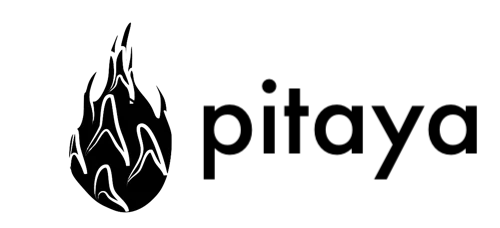Hospitality Glossary
A comprehensive hospitality and travel glossary
Terms:
Amenity
Amenity is a complimentary item or service provided to a guest from the hotel. Examples of amenities are wi-fi, swimming pools, garages, business center.
Attractions
Often referred to as "tourist attractions". Attractions can be events, people, or places such as museums, historic sites, national sites. An example of an attraction would be Buckingham Palace.
Average Daily Rate (ADR)
Average Daily Rate is a statistical metric used in the hospitality and lodging industry to measure the financial performance of a property. ADR represents the average rental income per paid occupied hotel room in a specific time period. ADR is often used in conjunction with Occupancy Rate and RevPar to provide a clear picture of a hotels performance.
Learn more about calculating ADRA La Carte
Referring to a menu, ordering individually priced dishes in a restaurant rather than a set menu for the table.
Blackout Dates
Specific dates when special rates, promotions, or discounts are not applicable. Typically, blackout dates occur during special events or holidays.
Blocked Room
Blocked rooms are a hotel room that is reserved but has yet to receive a deposit to secure the room.
Booking Engine
A booking engine is integrated with the PMS system and provides a website for prospective guests make a booking for a room through the website which communicates with the hotel software
Boutique Hotel
Boutique hotels are typically smaller in sizes (less than 50 rooms) and differentiate themselves from the competition by delivering a unique experience through both high touch service and high-end design.
Channel Manager
Channel Managers connect a Property Management System to multiple Online Travel Agencies (OTAs) providing information on room availability and nightly pricing and receiving reservation details in exchange.
Cloud-Based
Software is hosted in central servers managed by software vendors and end users access the application through their web browsers.
Customer Relationship Management
Customer Relationship Management (CRM) system is designed to be a record of each customer, key information, and points of communication.
Day Guest
A day guest is someone whose arrival and departure occur on the same day. An example of this would be a guest who has a long layover at the airport and books a room to get a few hours' sleep before their next flight later that same day.
No Show
No show is when a customer has a reservation at a hotel or restaurant but fails to cancel or show up.
Occupancy Rate
Occupancy rate is the ratio of rented units against the total amount of units in a given period. Example, 20 rooms rented and 50 rooms available, the occupancy rate would be 40%
Overbooking
Overbooking is when a hotel sells more rooms than are physical rooms available on the property.
Payment Processor
A payment processor is a software/hardware vendor that actually transacts the charge over the credit card. They typically charge the merchant (hotel) a transaction fee of a couple %.
Point of Sale
Point of sale (POS software) is a software tool designed to track the sale of inventory items for restaurants, bars, or retail stores. In addition to tracking sales POS software helps process payments from credit cards, reports, and tracks inventory levels.
Property Management System
Property management system (PMS System) is a software tool designed to track room availabilities, reservations, guest accounts, analytics, check-in, and check-outs. Often the primary tool for hotels and it interfaces (integrates) with many other hospitality technology tools such as channel managers, booking engines, point of sale, and customer relationship systems
Rack Rate
Rack Rate is the original price of a hotel room prior to any discounts, promotions or comps being applied to the rate.
Revenue per Available Room (RevPAR)
RevPar is a statistical metric used in the hospitality and lodging industry to measure the financial performance of a property. RevPar represents the revenue per available room calculated on the number of rooms available to sell in a hotel. It is often used in conjunction with Occupancy Rate and ADR to provide an overview of a hotels performance.
Learn more about calculating RevPARUpselling
Upselling is a common practice aimed a persuading customers to purchase/upgrade to a more expensive product or offering after they have already agreed to make a purchase.
Pitaya is the future of hotel software
Our goal is to build the most elegant, simple, and easy to use guest experience platform on the market so that hotels can focus more on great hospitality.
These are just a few reasons why cloud-based pms systems like Pitaya are the future of the hospitality industry. Pitaya is building the future of hospitality tools to enable you to work more efficiently, with reduced over head, and in a safer manner.
Pitaya staff works directly with hoteliers to assist in the transition from one PMS system to Pitaya. In the past this used to be a daunting task but with Pitaya's staff at your side and your modern processes in place we eliminate all of the hassle for you during the transition period.
Our philosophy here at Pitaya is that the guest experience begins the moment they reach a touch point (website, social media, etc.) and it never ends.
